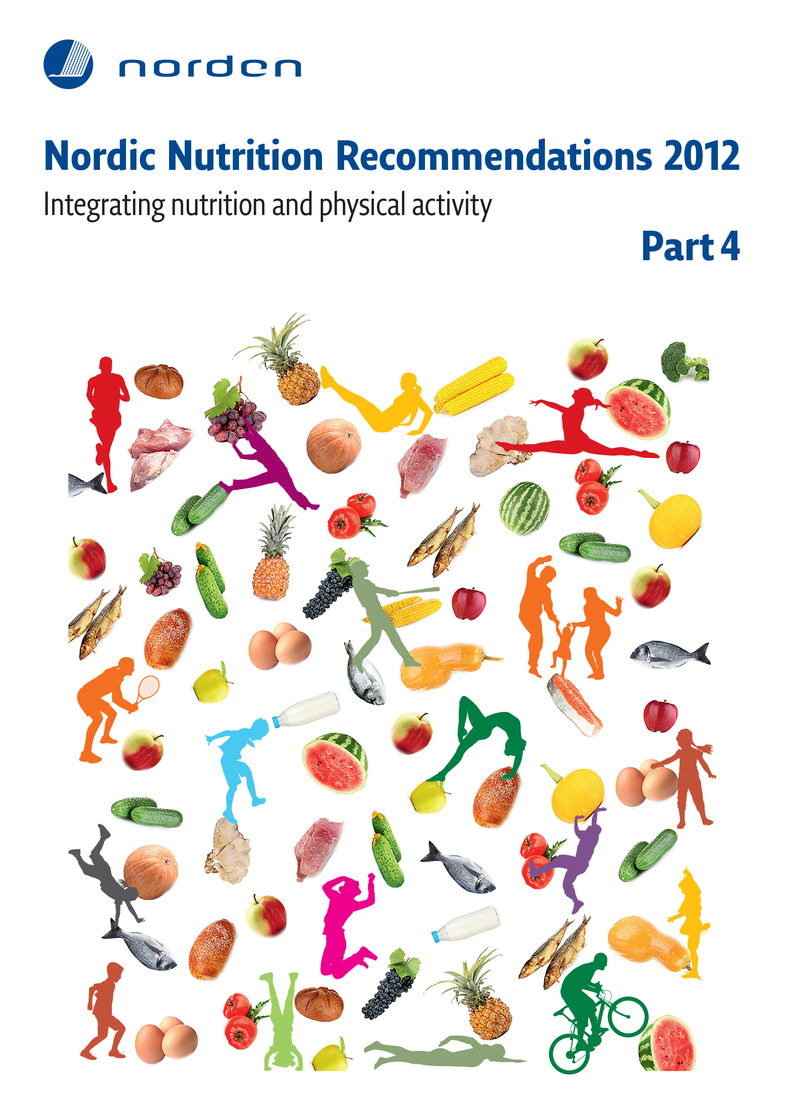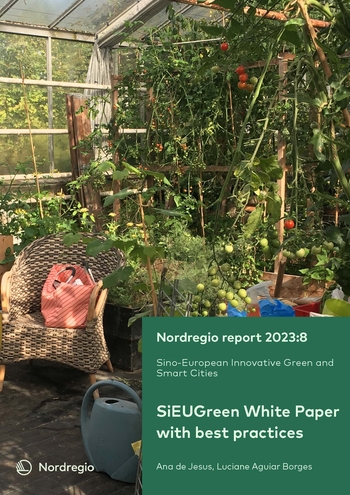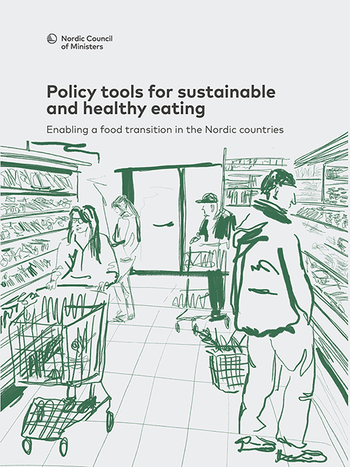Nordic Nutrition Recommendations 2012. Part 4
Food, food patterns and health: Guidelines for a healthy diet, breastfeeding, sustainable food consumption and dietary antioxidants

Information
Publish date
Abstract
Nutrition research has traditionally strived to identify the specific mechanisms, imbalances, and health impacts of single nutrients, but the 5th edition of the Nordic Nutrition Recommendations (NNR 2012) puts the whole diet in focus. Similar to previous editions, the 5th edition sets dietary reference values (DRVs) for individual nutrients, which are intended as a tool when planning diets for various population groups, assessing dietary intakes in the population, and formulating public health nutrition programs and policies. Most food items, however, contain many nutrients that interact with each other. Therefore, the concept of food-based dietary guidelines (FBDGs) was introduced by the FAO. FBDGs are defined as advice expressed at the food level that represents a ‘translation’ of energy and nutrient intake recommendations into foods and is aimed at the general population or specific population groups (1).Non-communicable diseases are not simply caused by single nutrient imbalances, but are diseases with multifaceted aetiologies (2, 3). The search for preventive measures against chronic disease, therefore, needs to takea broad approach. Over the past 15 to 20 years, a large number of observationalstudies and experimental trials have recognized the complexity ofthe diet and thus have focused on the impact of whole diets and of patternsof food consumption when examining diet-disease associations. Such anapproach has resulted in a significant amount of new and original data.The dietary habits in the Nordic countries have several common features,and food consumption trends tend to be similar. Some characteristics ofthese diets are an ample supply of milk and dairy products, moderate tohigh consumption of meat, and moderate consumption of vegetables andfruit. Consumption of fish is moderate to high overall, but lower in Denmark.Potatoes and cereal products are also consumed in moderate to highamounts. Cultural and culinary traditions differ, however, in terms of mealpatterns, food choices, and traditional dishes and each Nordic country hasdeveloped and formulated national FBDGs.Reports with a focus on the impact of food consumption on health thatare relevant for Nordic countries include the extensive and systematic reviews(SRs) of the World Cancer Research Foundation/American Instituteof Cancer Research WCRF/AICR (4, 5), the Norwegian comprehensivereview of dietary guidelines for health (6), Danish reports on the consumptionof fruits and vegetables, whole grains, and milk (7–9), a report on meatconsumption from the Nordic council of Ministers (10), and the new DanishDietary Guidelines (11). In addition, several systematic reviews (SRs) wereundertaken to provide information on the health impact of food groupsand food patterns in preparation for the 5th edition of the NNR (12–15).
Publication number
2014:006




